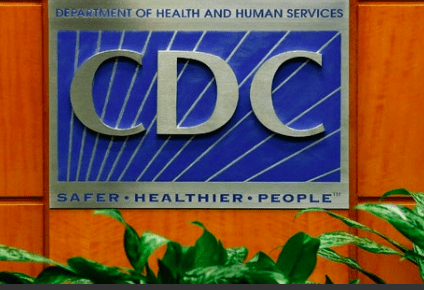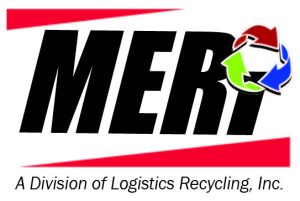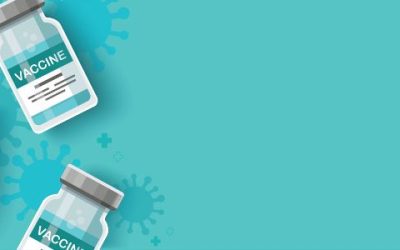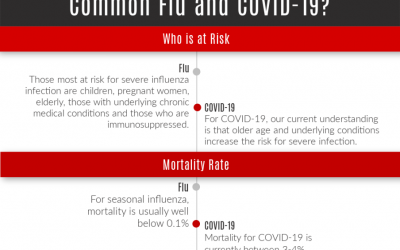
The 2019 novel Coronavirus (2019-nCoV) outbreak continues to make daily headlines. It was first identified in late December in Wuhan City, Hubei Province, China. Since the new year, it spread to other nations, including the United States.
The federal government is continuing to evaluate the transmissibility and severity of the virus. Current thought is that infected people may spread the virus through coughing or sneezing. Experience from previous respiratory diseases, like MERS and SARS, also suggest that some limited person-to-person spread will occur.
OSHA states that without sustained human-to-human transmission, most American workers are not at significant risk of infection. Yet, some healthcare workers may be in contact with others who may have the virus.
Because of this, the Healthcare Waste Institute (HWI), which MERI is an active member of, offers this guidance on to how to handle medical waste if it should come into contact with 2019-nCoV.
Take Extra Precautions with Coronavirus Waste
To date, the U.S. Centers for Disease Control and Prevention (CDC) says 2019-nCoV is not considered a Category A infectious substance. However, extra precautions must be taken. The CDC recommends following shipping regulations for UN 3373 Biological Substance, Category B when sending potential 2019-nCoV specimens.
Packaging, shipping, and transport of specimens from suspect cases or PUI’s of 2019-nCoV infection must follow the current edition of the International Air Transport Association (IATA) Dangerous Goods Regulations
Preparing Just In Case
MERI is preparing just in case the outbreak should spread to our service area.
First and foremost, if you have a CONFIRMED case, let MERI know so that we can implement procedures for how to manage and treat the waste.
The waste must be tied closed using a balloon or gooseneck knot. Do not tie bags in a bunny ear style as it may be prone to leaks if turned upside down. Instructions for how to properly tie a biohazard bag follows.
How to Properly Tie a Biohazard Bag
Instructions for how to properly tie a biohazard bag that may contain contaminated coronavirus material can be found below. Or, read this blog or download this free poster.
How to Manage Coronavirus Contaminated Waste
In addition to letting us know if you have Coronavirus contaminated waste, follow this HWI guidance below. It outlines how to handle waste from patients who have contracted the Coronavirus:
- OSHA states workers should use appropriate engineering and administrative controls and safe work practices. This includes using PPE like puncture-resistant gloves and face/eye protection, to prevent worker exposure to medical waste, including sharps and other items that can cause injuries or exposures to infectious materials.
- Ensure red bags are closed and tied with an overhand balloon knot to avoid leaking.
- Place red bags in a container with a secure lid.
- Fully close all sharps containers and placed in a biohazard bag.
- Disposable sharps containers are preferable to reusable sharps containers.
- Containers should be single use and in compliance with DOT regulatory requirements for regulated medical waste.
- Treat single use container at a permitted medical waste facility.
- Take medical waste to a facility that destroys the waste in an enclosed environment. A treatment process that includes shredding which is enclosed and integral to the process is acceptable, like MERI has.
- Notify hauler about wastes that contain 2019-nCoV.
MERI stands ready to assist you. Call if you have any questions.
| What Are Symptoms of the Coronavirus? |
|
• The 2019-nCoV can cause pneumonia, which may be severe. • Signs and symptoms of infection include fever, cough, and shortness of breath. People infected with the virus may have these, as well as other (or no), signs and symptoms. |
###



